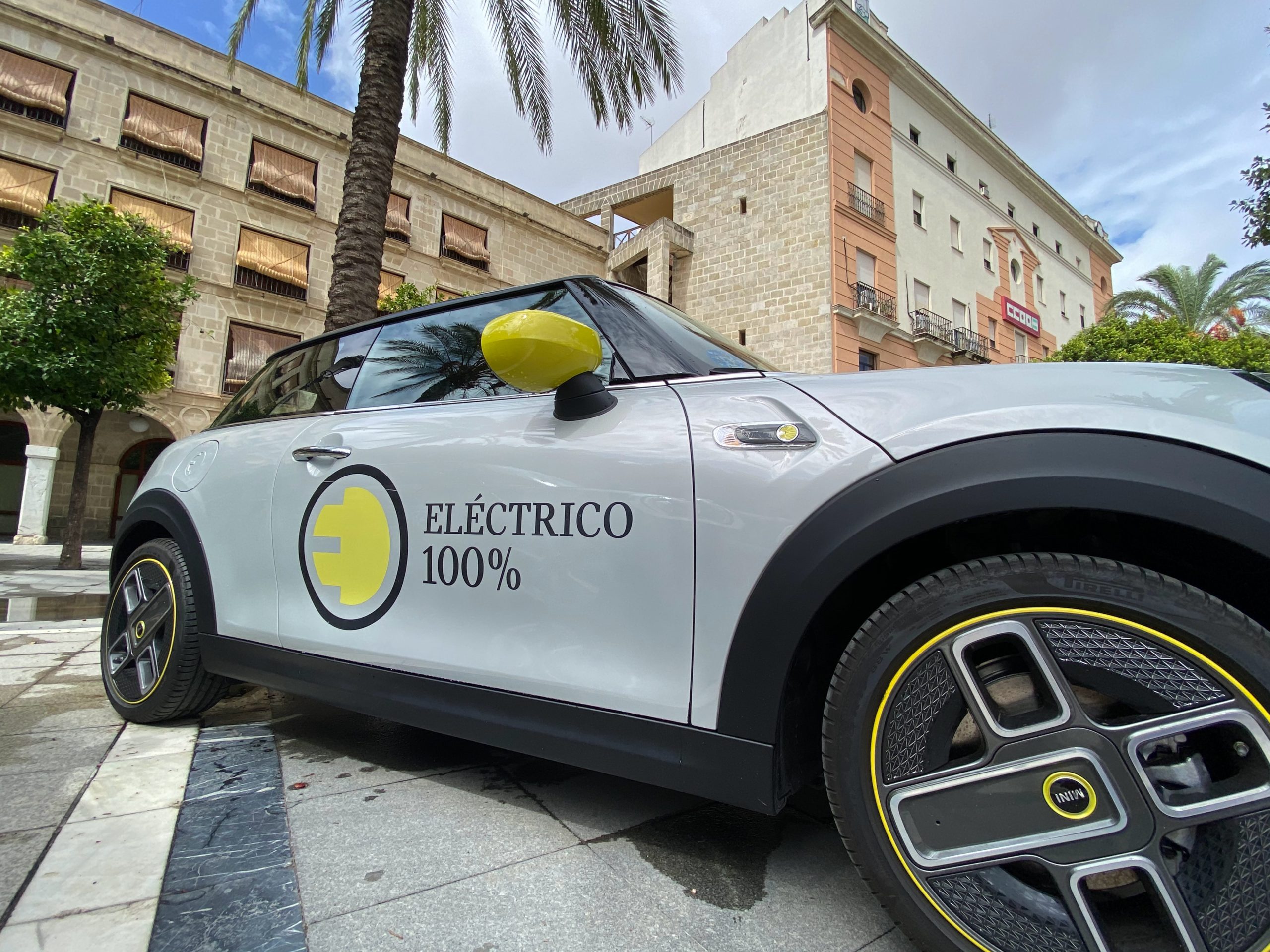The lithium-ion battery supply chain runs through China and Latin America.
The world’s top two exporters of the raw material needed to make electric batteries — lithium carbonate — are Chile and Argentina, according to an analysis by Trade Data Monitor, the world’s top source for trade statistics.
But now the Latin American countries have been changing where they ship the material crucial to manufacturing electric vehicles. Increasingly, they’re sending lithium to China instead of other key markets like Japan, South Korea and the U.S., according to TDM. The reason is that the electric vehicle market is maturing, bringing the lithium battery supply chain along with it.
In the first five months of 2021, Chile led the world in exporting lithium carbonates. It shipped $297.2 million to trading partners, more than any other nation, including $132.9 million to China, up 113% from the same period in 2020; $96.8 million to South Korea, up 9%; $36.7 million to Japan, down 24%; and $11.2 million to the U.S., down 4.6%. Chile, a nation of 19 million, has abundant salt flats where lithium can be mined. It then needs to be processed into lithium carbonate. Around 80% of lithium processing capacity is in China. Volkswagen, BMW, Toyota, Honda and other world-class carmakers have all built plants to make electric vehicles in China. Only invented in the second half of the 20th century and later pioneered for mass production in laptops and camcorders, lithium-ion batteries are the linchpin of a booming new trade in electric vehicles. The size of the global lithium-ion battery market is expected to increase to around $120 billion in 2030 from $41 billion in 2021, according to analysts.
Even as prices slumped in 2020, forcing trade by value to decline, Chile and Argentina have increased exports by volume. For Chile, by volume, lithium carbonate exports increased 22% in the first five month of 2021, to 38 million kilograms, from 31.2 million kilograms over the same period in 2020. In 2020, Chilean exports of lithium carbonate increased 19% to 97.7 million kilograms. Argentinian exports rose 169% to 8.1 million kilograms. However, in the first give months of 2021, Argentina’s exports fell 33% by volume to 2 million kilograms. Governments around the world, concerned about climate change caused by carbon emissions, are pushing massive private investment in electric-powered cars. In the U.S. the new administration of President Joe Biden has promised policies that encourage Americans to buy electric vehicles. Beijing has ordered that 40% of cars in China be electric by 2030. General Motors, the giant U.S. automaker, has pledged to invent dozens of new electric vehicles, and only make EVs by 2035. It wants to catch up to companies like Tesla, the U.S.-based global leader, and Germany’s Volkswagen. Although EVs make up less than 5% of all cars on the road, it’s clear that Tesla Model S, Chevy Volt, and Toyota Prius Prime are the future of the industry.
In 2020, China exported $15.9 billion of lithium-ion batteries, followed by South Korea ($4.9 billion), Poland ($4.6 billion), and Germany ($3.5 billion), according to TDM. For China, that’s more control over the market than anything in the crude oil industry, where even the world’s top producers – the U.S., Saudi Arabia and Russia – all generate less than 20% of global production.
The biggest import market for electric vehicles is Europe, where use is encouraged by high gasoline taxes and incentives. The world’s top electric car importers are the Netherlands, Germany, Belgium, the UK, and Norway. To be sure, it’s not just cars and trucks. Power plants are also using battery technology. They’re used to store excess power and then redistribute it when there are spikes in demand. The technology is elementary: Lithium ions are transferred via a liquid from cathode to anode and back to cathode. But recent innovations have brought down production costs closer to those of petroleum-powered engines. The price difference between an electric engine and fossil-fuel engine is expected to decline to zero in the next five years, and by 2030, as many as one-third of cars on the roads are expected to be electric.
And although lithium production has raised environmental concerns, those are lesser than those posed by cobalt, in which the Democratic Republic of Congo, a war-torn country, dominates production and trade.


